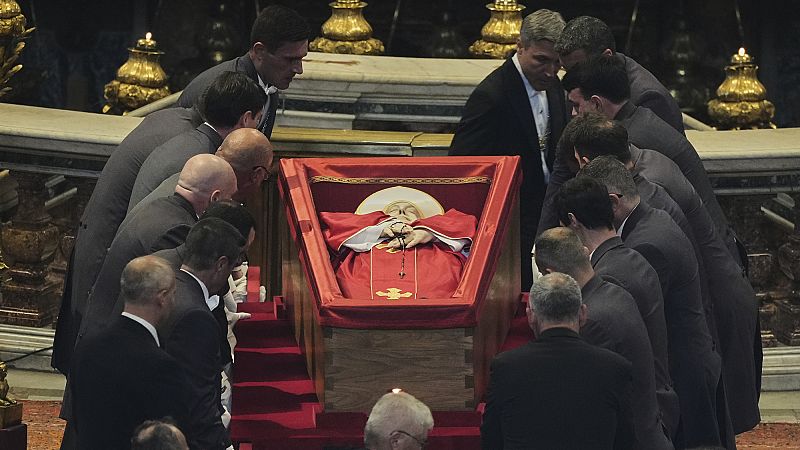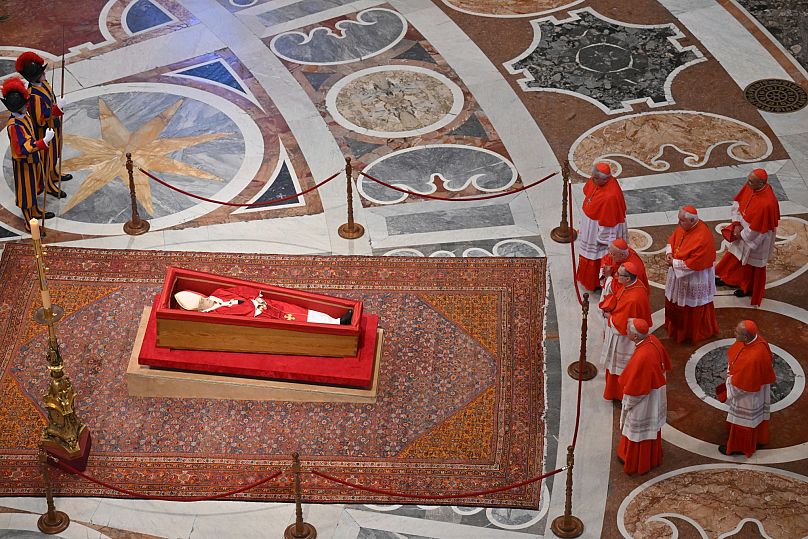Starting at 11 AM on Wednesday, hundreds of thousands of devoted Catholics will have the opportunity to say goodbye to Pope Francis inside the Vatican’s St. Peter’s Basilica, with his remains being exhibited there from then until Friday.
For numerous devoted Catholics, witnessing the pope posthumously is more than merely ceremonial; it carries deep spiritual significance and expressions of thankfulness.
To enable personal viewing, Pope Francis has opted for the preservation process known as tanatopraxy, allowing for public reverence without the need for more intrusive measures.
His remains are presented in a plain zinc casket enclosed within a wooden one, staying open for the duration of the exposition.
Prior to his passing, Pope Francis made it clear that he did not want his body placed on a catafalque or within the typical three-part coffin consisting of cypress, lead, and oak.
What is thanatopraxis?
Thanatopraxis is not mummification; rather, it is a method of preserving bodies primarily intended for the public exhibition of remains.
In Italy, this procedure has been governed since 2022 by legislation and represents a contemporary advancement in embalming techniques. It stands out due to the utilization of minimally intrusive agents that show greater consideration for the deceased individual’s remains.
It consists of a hygienic preservation treatment that slows down decomposition processes, allowing the natural appearance of the deceased to be maintained for several days.
This process includes injecting preservative liquids into the arteries, thorough cleansing of the entire body, applying corrective cosmetics, and positioning the hands and facial features to achieve an appearance of peace and composure.
A centuries-old tradition
The practice of thanatopraxis has a significant history within the Catholic Church. For many years, papal remains have been conserved both for religious purposes and due to the practical requirements of public homage, along with the extended length of funerals.
Previously, popes underwent embalming, which was a more intrusive process entailing the extraction of internal organs followed by the introduction of substances like formalin and alcohol.
Gradually, though, greater emphasis was placed on the respect for the human form, leading the church to embrace more modest and dignified approaches.
Due to tanatopraxis, Pope Francis’ remains can be displayed for multiple days, enabling widespread and dignified tribute until his funeral on Saturday.


